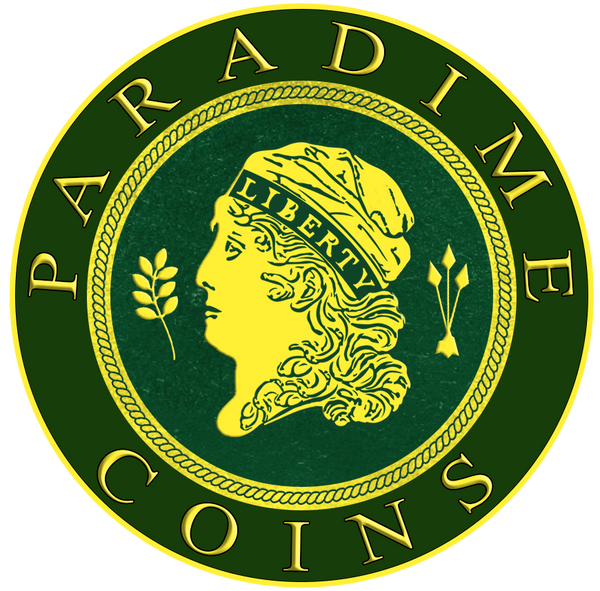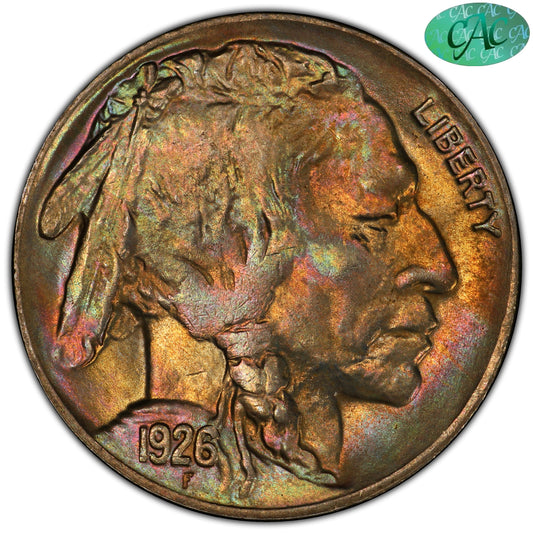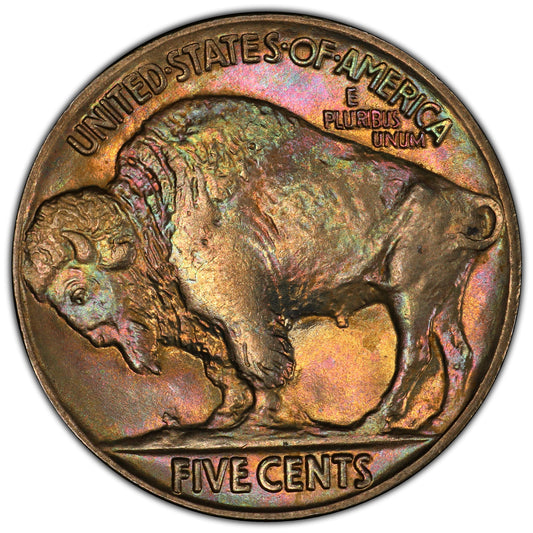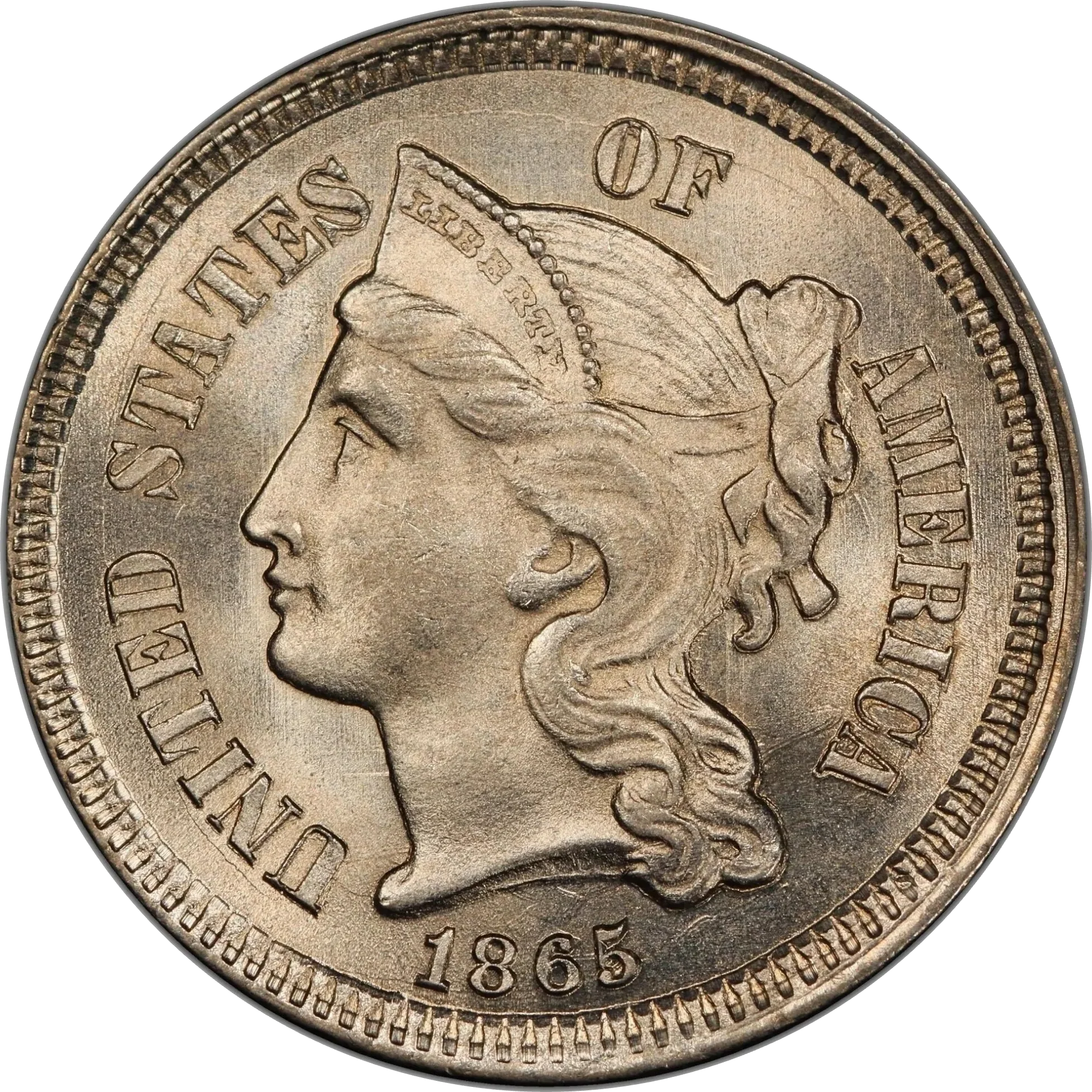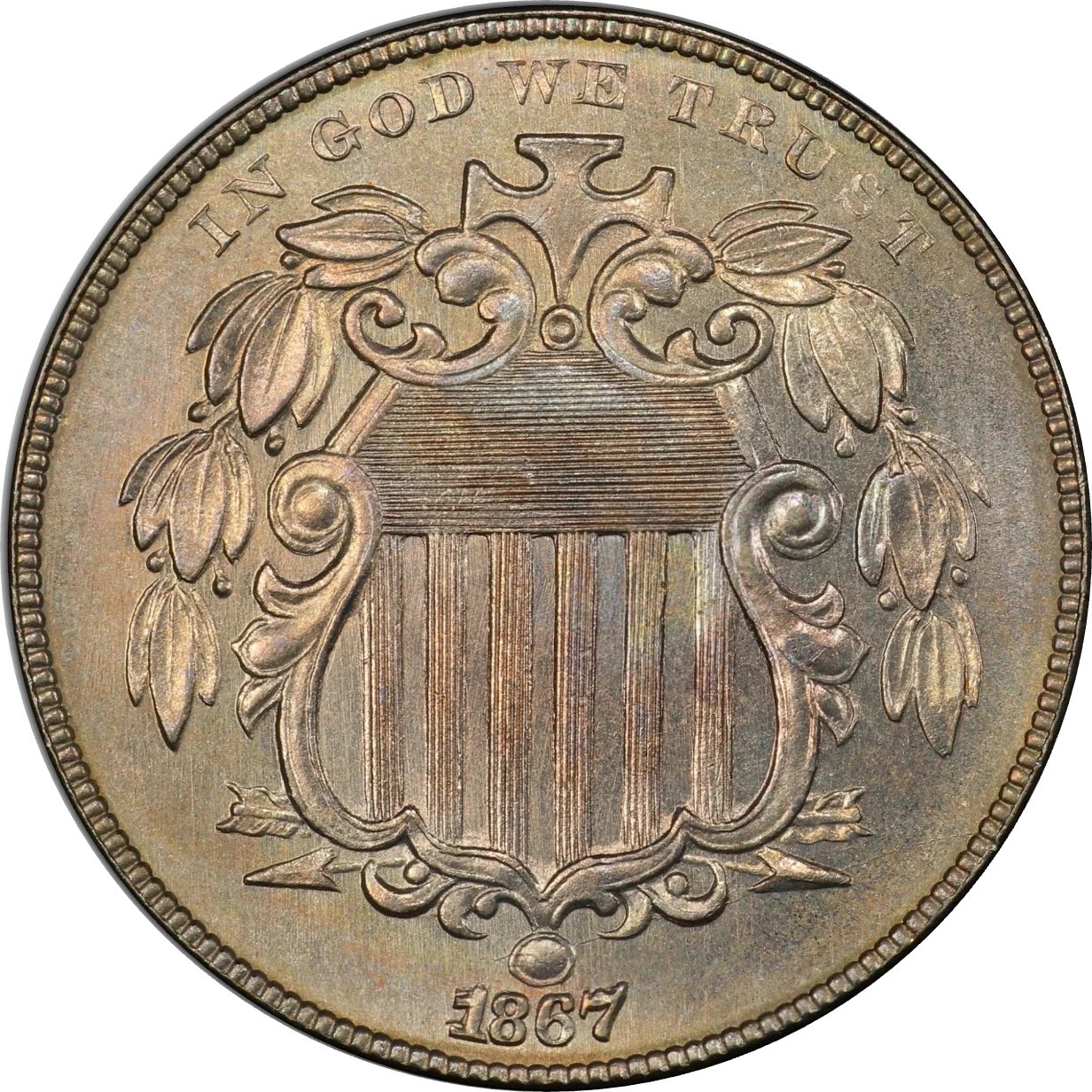Collection: Nickel
-
1926 5C MS67 PCGS CAC
Regular price $4,000.00Regular priceUnit price / per
The history of nickel coins is rich and spans various denominations, from the Three-Cent Nickel (1865–1889) to the modern Jefferson Nickel (1938–present). These coins tell the story of America's evolving economy and coinage, offering collectors a fascinating journey through history. Below, we delve into the key nickel coin types, ... Read More
The history of nickel coins is rich and spans various denominations, from the Three-Cent Nickel (1865–1889) to the modern Jefferson Nickel (1938–present). These coins tell the story of America's evolving economy and coinage, offering collectors a fascinating journey through history. Below, we delve into the key nickel coin types, their unique features, and their significance in numismatics.
Three-Cent Nickel (3CN) (1865–1889)
- Designer: James Barton Longacre
- Composition: 75% copper, 25% nickel
- Diameter: 17.9 mm
- Weight: 1.94 grams
- Edge: Plain
- Mintages: Business strikes (31,332,527), Proofs (56,000 estimated)
Introduced during the post-Civil War era, the Three-Cent Nickel was a response to silver coin hoarding. These coins replaced the silver three-cent pieces and served as a medium for small transactions, such as purchasing postage stamps. However, their hard nickel alloy posed striking challenges, often resulting in weakly struck designs. Despite initial high mintages, their popularity waned, leading to limited production in later years.
Collectibility: Common in circulated grades, they remain accessible to collectors. Proof coins from later years are also plentiful, making this a desirable series for type collectors and specialists alike.
Shield Nickel (5C) (1866–1883)
- Designer: James Barton Longacre
- Composition: 75% copper, 25% nickel
- Diameter: 20.5 mm
- Weight: 5.00 grams
- Edge: Plain
The Shield Nickel was America’s first five-cent coin made entirely of base metals, replacing the silver half-dime. The design, featuring a prominent shield, struggled with production issues due to the hard nickel alloy. Initially struck with rays between the stars (1866–1867), the design was later simplified.
Key Dates: The 1867 “With Rays” variety and low-mintage issues like 1877 and 1878 (Proof-only) are highly sought after.
Liberty Nickel (1883–1913)
- Designer: Charles E. Barber
- Composition: 75% copper, 25% nickel
- Diameter: 21.2 mm
- Weight: 5.00 grams
- Edge: Plain
Known as the "V" Nickel, this coin was first issued without the word "CENTS," leading to its misuse as a gold-plated counterfeit $5 coin. Later in 1883, “CENTS” was added to the reverse design. The series includes several rarities, such as the 1885, 1886, and the famous 1913 Liberty Nickel, one of the most coveted coins in U.S. numismatics.
Collector Notes: Many Liberty Nickels were heavily circulated due to their purchasing power at the time, making high-grade examples valuable.
Buffalo Nickel (1913–1938)
- Designer: James E. Fraser
- Composition: 75% copper, 25% nickel
- Diameter: 21.2 mm
- Weight: 5.00 grams
- Edge: Plain
The Buffalo Nickel is one of the most iconic American coin designs, featuring a Native American portrait and a buffalo. Struck in two types during its first year (1913), the design was modified to protect the denomination from excessive wear. Known for its high relief and artistic merit, it remains a favorite among collectors.
Highlights: Key dates include the 1913-S Type II, 1918/7-D overdate, and the 1937-D “Three-Legged Buffalo.”
Jefferson Nickel (1938–Present)
- Designer: Felix O. Schlag (original design)
- Composition: 75% copper, 25% nickel (wartime nickels: 56% copper, 35% silver, 9% manganese)
- Diameter: 21.2 mm
- Weight: 5.00 grams
- Edge: Plain
The Jefferson Nickel debuted in 1938, featuring Thomas Jefferson and his home, Monticello. A significant change occurred during World War II, when nickel was replaced with silver to conserve resources. These "war nickels" are easily identified by a large mintmark above Monticello.
Modern Updates: Special designs were introduced in 2004–2005 to celebrate the bicentennial of the Louisiana Purchase. In 2006, a forward-facing portrait of Jefferson replaced the original profile.
Collecting Strategies for Nickel Coins
Nickel coins offer a wide range of collecting opportunities. From assembling complete date and mintmark sets to focusing on key varieties like overdates and Proof-only issues, collectors can tailor their pursuits to their interests and budgets. Coins with strong strikes, such as Full Steps Jefferson Nickels, are particularly prized among specialists.
For more in-depth insights and a curated selection of certified rare collectible American coins, explore ParadimeCoins.com. Our expert numismatists are here to help you find the perfect addition to your collection.
... Read Less